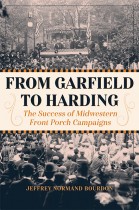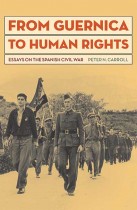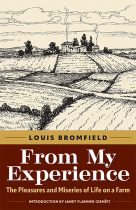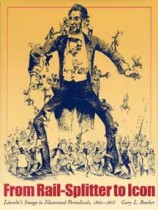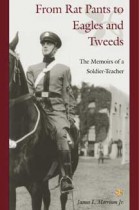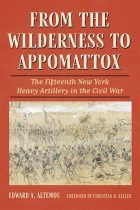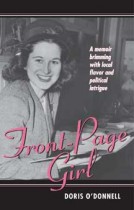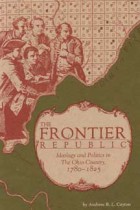From Broadway to Cleveland
John Vacha | Filed under: Cleveland Theater, Regional Interest, Theater Studies
Built by Daniel R. Hanna as a tribute to his theater-loving father, Marcus Hanna, the Hanna Theatre opened its doors on March 28, 1921, with an adaptation of Mark Twain’s The Prince and the Pauper starring William Faversham. Billed as a “Broadway-style theater,” the Hanna was located not on Euclid Avenue but around the corner on the side street of East 14th. Its interior decor was opulent, finished in what was described as a combination of Italian Renaissance and Pompeian style, and the stage was described as “large enough . . . to present the best plays offered; but intimate enough to present the quietest comedy or drama to the best advantage.”

